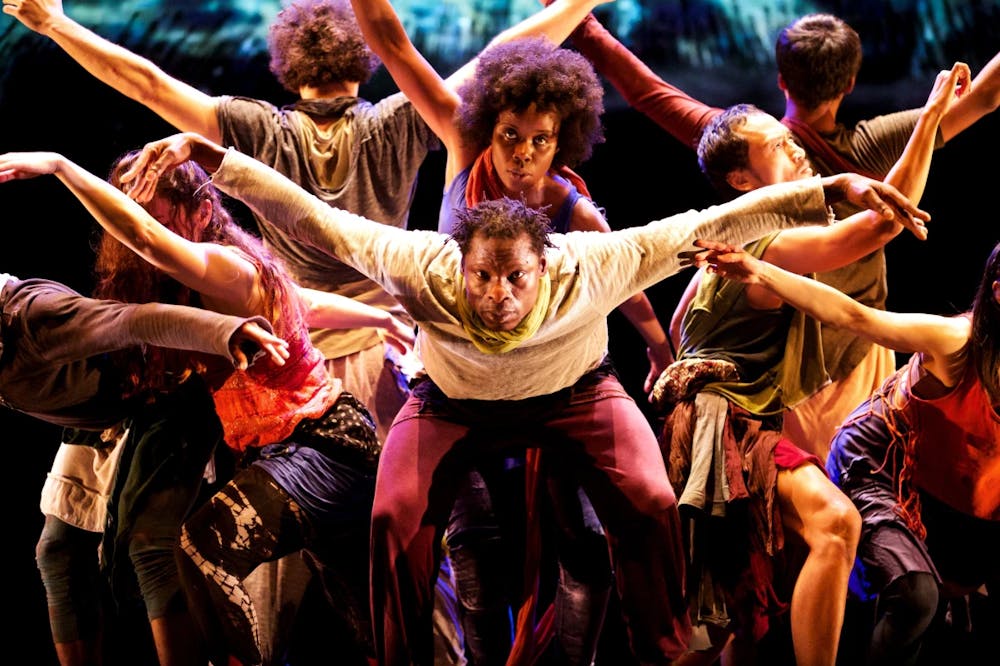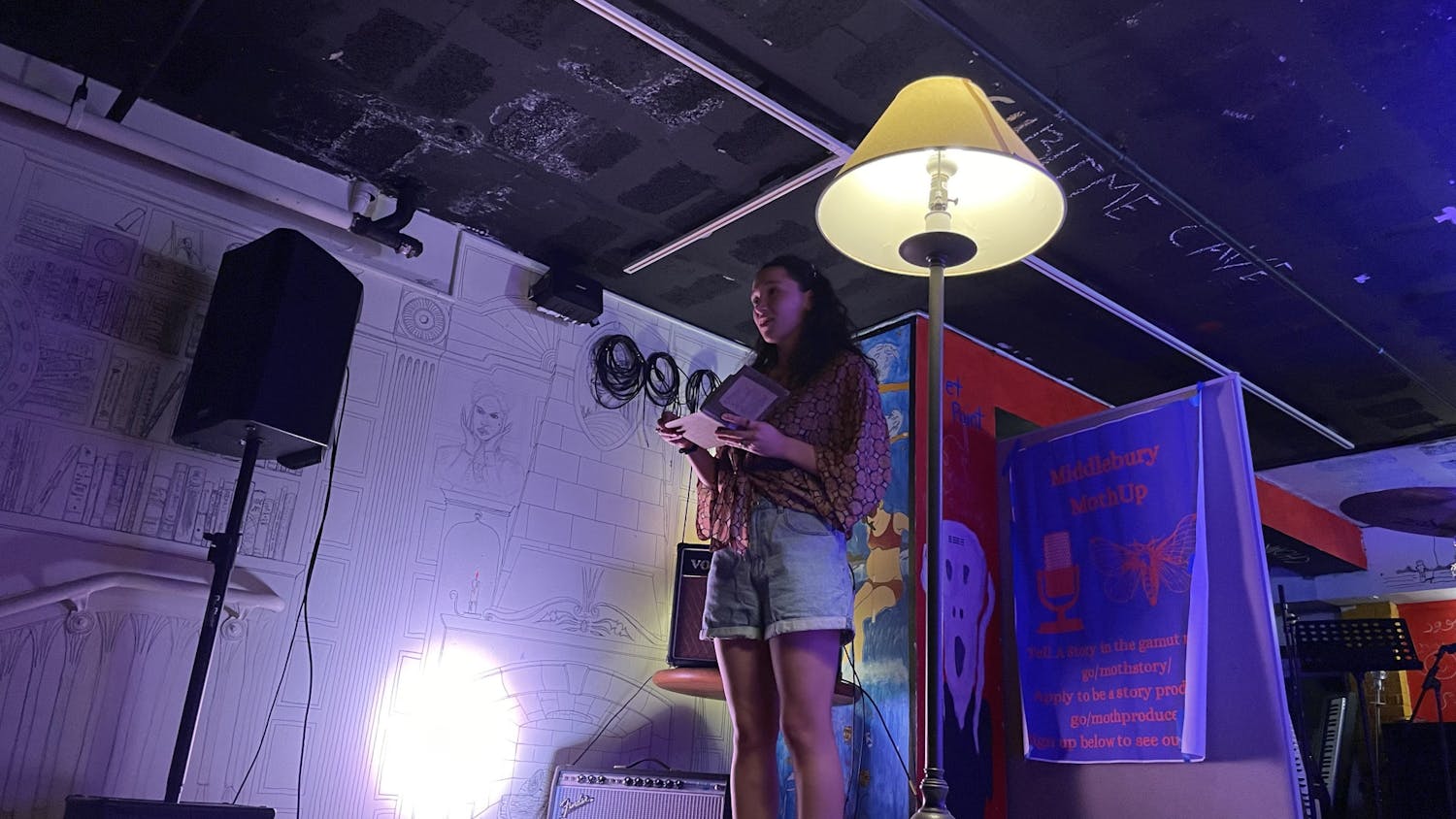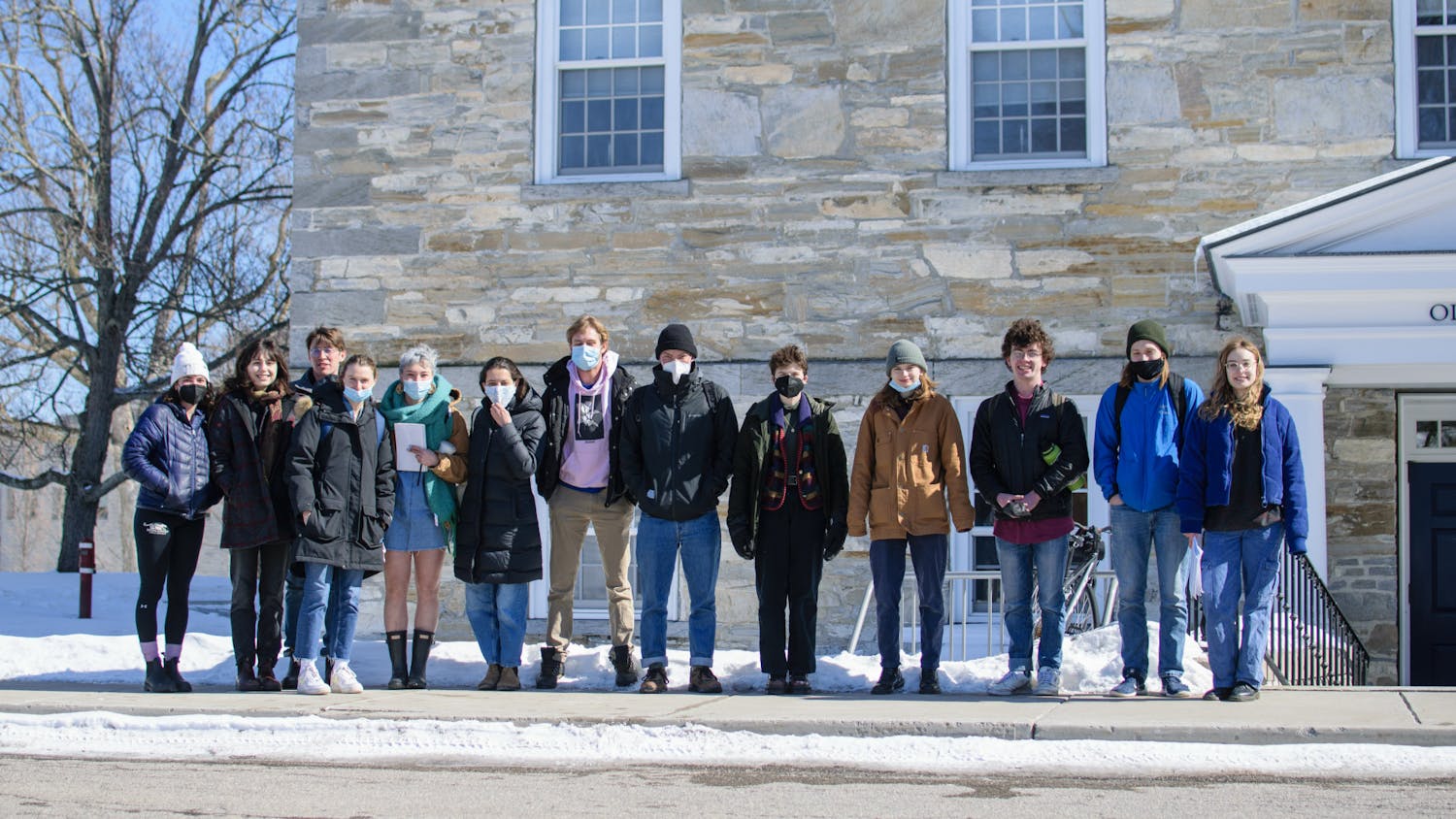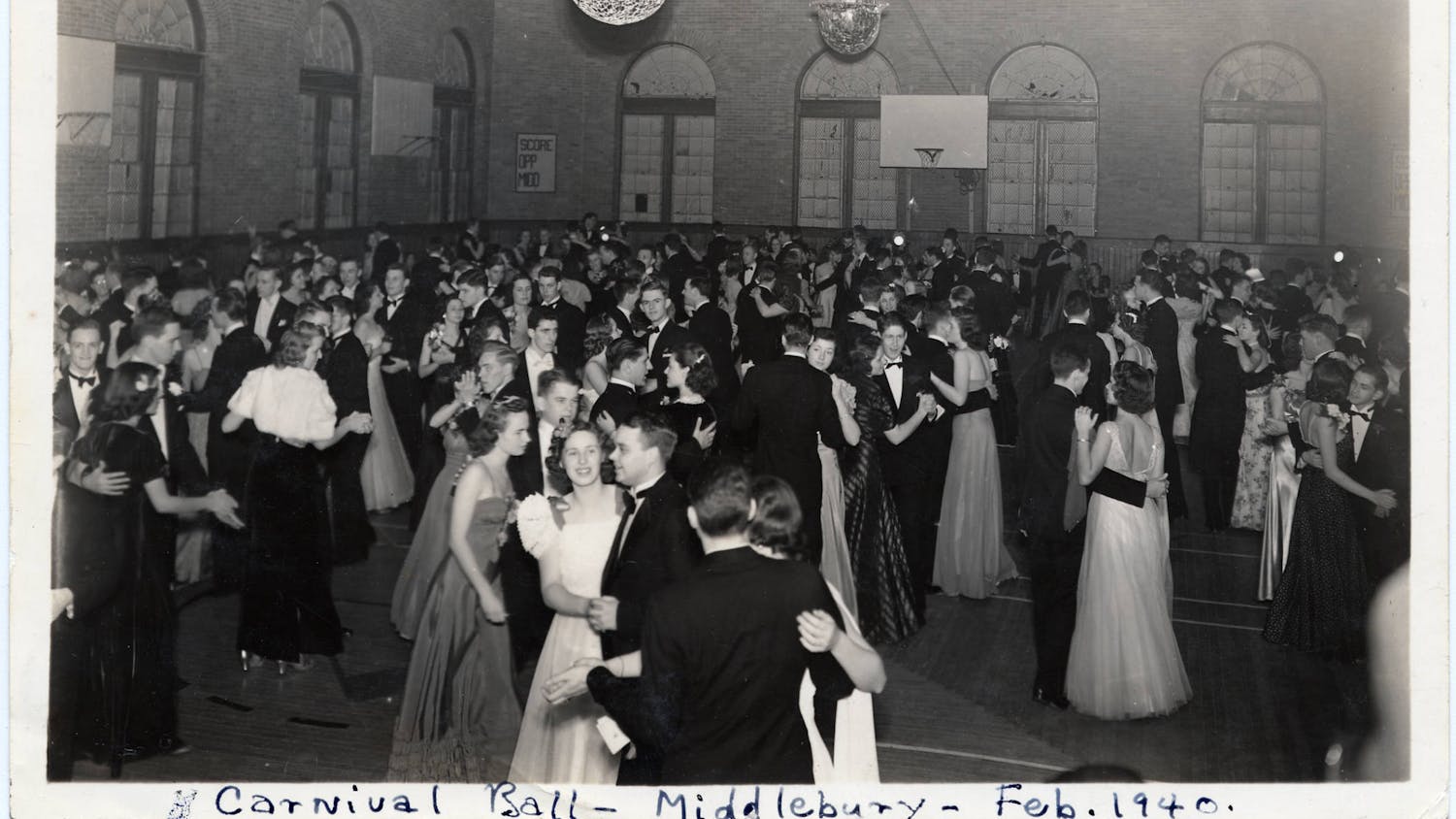Despite setbacks presented by the Covid-19 pandemic, the Anikaya Dance Theatre was able to make the journey to Middlebury at long last to perform their interpretive dance piece “Conference of the Birds.” The group performed at the college’s Dance Theater on March 11 and 12. The group’s visit had to be rescheduled twice since planning began in 2019. The performance was well worth the wait.
The group is made up of extremely talented dancers, composers and artists from all over the world. The group hails from no one place, and has projects in the works in five different countries. The show included elements of dance, theatre, music and graphic design. The group prides itself on its multidimensionality and use of many art forms. Founded in 1998, their mission is to bring people from different cultures and backgrounds together. Persian poet Farid Ud din Attar wrote an epic also titled “Conference of the Birds,” serving as the inspiration for this modern rendition. The Anikaya Dance Theatre places a large emphasis on the importance of empathy in making the world a better place.
The dancers played a group of birds, soaring through valleys, desperately trying to find a mythical creature named Simurgh. The performance was organized into ten different segments, divided by the different valleys visited along the journey. The story concludes with the birds realizing that they were the Simurgh the entire time. The group took the audience through all ten segments, using changes in lighting, music and choreography to tell the story.
For 100 minutes, the group guided the audience through each chapter by moving as one in their transitions from valley to valley; they danced as if they were a flock of birds, gathering together and making wide flying motions with their arms in unison. Time in each valley was signified by more individualistic dancing. Some dancers would be performing solos, some duets and at times trios — all simultaneously. At these times, the dancers portrayed a more chaotic scene of nature, rather than the symmetric organization associated with a flock of birds flying together.
There were platforms of varying heights on the stage that the dancers moved on and off of throughout the performance. At different times, these platforms gave the illusion of birds perched on branches of different trees or flying at different heights. At one point in the choreography, one member let themself fall from one of the high platforms and the group gingerly caught them. The choreography was filled with other unique acrobatics. Members carried each other, climbed over each other and formed barricades with their bodies that other members would try to break through.
Behind the dancers, three screens displayed moving digital art. At times, a birdlike figure was projected on the screen and the dancers would respond to this figure’s movements and the music. At other times, the art and movements being shown on the screens complemented the dancers’ choreography.
There was no need for faux feathers or beaks to convince viewers that the dancers were a flock of birds; they instead wore outfits consisting of layers of loose, thin garments. Some dancers had multiple shirts on, others had clothing tied around their waists and others still wore scarves draped and wrapped around them. The clothing hung limp on their bodies, flowing as they ran and leaped across the stage. At one point in the performance, all the dancers began to shed the many layers they wore to signify pain.
Most notable about the performance was the group’s sheer athleticism. The choreography was so impossibly athletic, and even more gracefully executed. There were times when members would shake convulsively and collapse to the ground, then pull themselves back up and perform the stunt again. There were long moments when the group would run laps around the stage, swinging their arms and crouching low to the ground to keep in character.
The group did not take a break during the entire performance. If the dancers were tired by the strenuous choreography, they certainly did not show it; the group only grew more energetic as the performance progressed. While there is room for error during the final moments of grueling game or athletic activity, there was none for Anikaya; the group couldn’t afford mishaps during stunts such as catching a falling cast member or turning their bodies into a platform for other members to climb. Their mental and physical fortitude was mind-blowing. Throughout the entire piece their movements only grew more graceful, intentional and certain. At the point when most would have been out of breath, exhausted and ready to collapse, their acting only grew more convincing, their choreography more athletic and their energy to unimaginable heights.
The most memorable and emotional scene from the performance was “The Valley of Bewilderment.” The dancers’ facial expressions and movements implied a haunting pain that resonated with the audience. They screeched in pain, hobbled across the stage, and helped each other up. It was both a moment of fear and unity in the performance.
Migration and journey were the two main themes of the performance. When Anikaya was introduced, it was emphasized how timely these themes were, given the horrible suffering and pain that the people of Ukraine are currently experiencing. In the back of programs, audience members were provided a sticky note, asked to “consider the Valley of Detachment,” and prompted to write the single item they would bring to face the burden of leaving their whole world. What would you bring?




